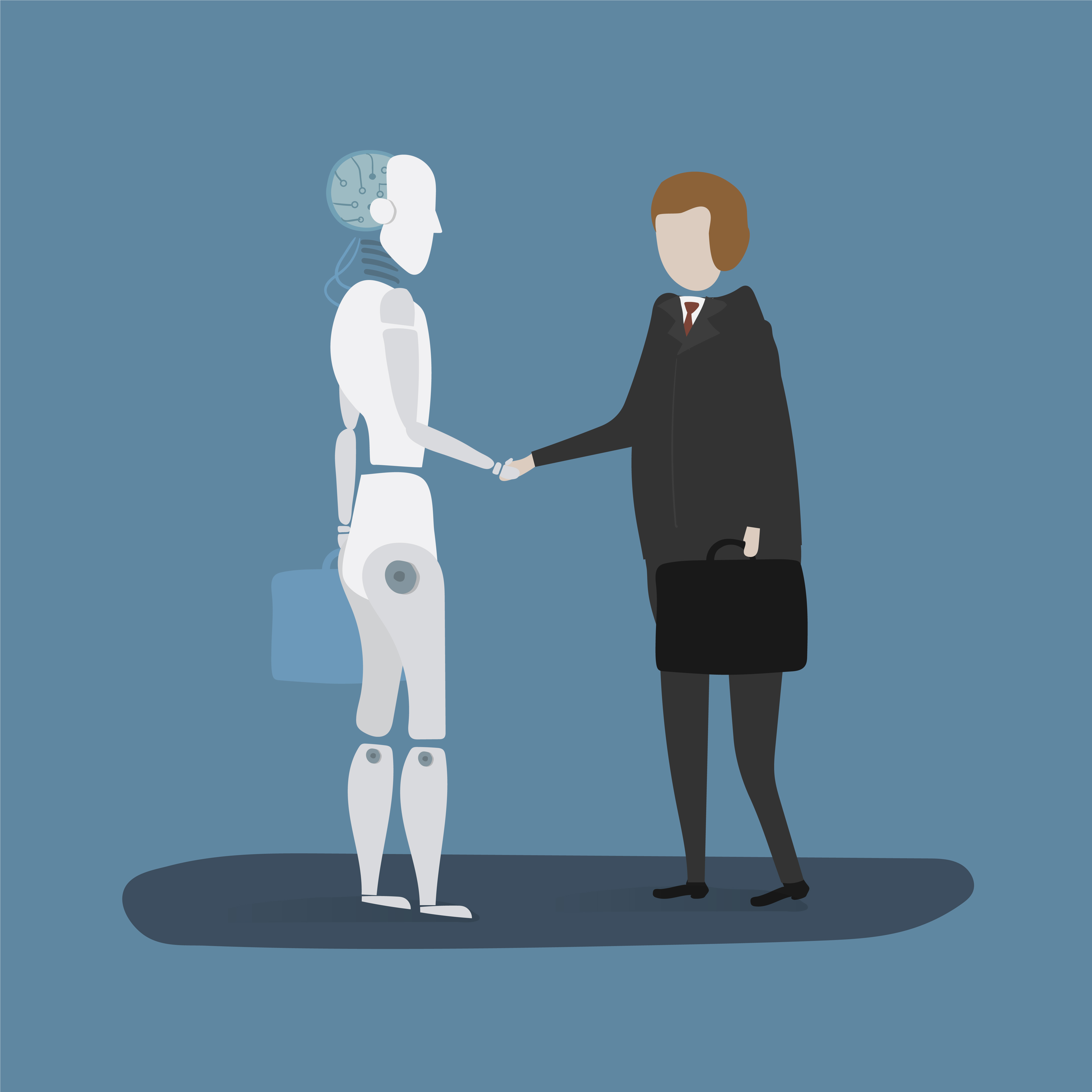As technology continues to advance, the realm of customer service has undergone a significant transformation. One of the most notable developments is the rise of artificial intelligence (AI) and chatbots, which have revolutionized how businesses interact with their customers. In this article, we will explore AI vs Human customer service, comparing their effectiveness to that of human agents.

I. The Rise of AI-driven Chatbots
With the advent of AI and natural language processing (NLP), chatbots have become increasingly sophisticated and capable of simulating human-like interactions. They offer numerous benefits for businesses seeking to enhance their customer service capabilities.
A. Pros of AI-driven Chatbots
1. Cost-Effectiveness: AI-driven chatbots significantly reduce operational costs for businesses. Unlike human agents, chatbots can handle multiple customer inquiries simultaneously, eliminating the need for hiring and training large customer support teams.
2. 24/7 Availability: Chatbots operate round-the-clock, providing uninterrupted service to customers regardless of time zones or holidays. This ensures that customers can receive assistance at any time, leading to increased satisfaction and loyalty.
3. Rapid Responses: AI-powered chatbots can process and analyze vast amounts of data instantaneously, enabling them to respond swiftly to customer queries. This agility helps in resolving issues promptly and enhancing the overall customer experience.
4. Consistency and Accuracy: Chatbots follow predefined scripts and guidelines, ensuring a consistent and standardized response to customer inquiries. This minimizes the risk of human errors and miscommunication, which can have a significant impact on customer satisfaction.
5. Scalability: As businesses grow, the demand for customer support also increases. AI-driven chatbots can easily handle the scalability without compromising response times, making them ideal for enterprises experiencing rapid expansion.
B. Cons of AI-driven Chatbots
1. Limited Contextual Understanding: While chatbots have improved significantly in understanding natural language, they still struggle with complex queries and often lack the ability to comprehend nuances, humor, or sarcasm. This limitation may lead to frustration among customers seeking more personalized assistance.
2. Emotional Intelligence: Human agents possess emotional intelligence, enabling them to empathize and connect with customers on an emotional level. AI-driven chatbots, on the other hand, lack emotional understanding, which can impact customer satisfaction in sensitive situations.
3. Complexity of Queries: Some customer inquiries may be intricate and require human judgment or specialized knowledge to resolve effectively. Chatbots may not have the capacity to handle such complex issues, leading to a need for human intervention.
4. Dependence on Data Quality: The effectiveness of AI-driven chatbots heavily relies on the quality and accuracy of the data they are trained on. If the data is biased or outdated, it may result in inappropriate responses or suggestions, leading to customer dissatisfaction.
II. The Human Touch in Customer Service
Despite the numerous advantages of AI-driven chatbots, the human element in customer service remains unparalleled in certain situations.
A. Pros of Human Customer Service
1. Empathy and Emotional Connection: Human agents can empathize with customers, offering emotional support and understanding during challenging situations. This emotional connection can create a positive customer experience, fostering customer loyalty.
2. Complex Problem Solving: Certain issues require creative problem-solving and critical thinking, which humans excel at. Human agents can navigate through complex scenarios, providing personalized solutions tailored to each customer’s unique needs.
3. Adaptability to Change: Humans possess the ability to adapt quickly to unexpected situations, which is crucial in fast-paced and dynamic customer service environments. They can handle unforeseen challenges with ease, ensuring customer satisfaction.
4. Upselling and Cross-selling: Human agents are skilled at identifying opportunities for upselling and cross-selling products or services. Their persuasive abilities can lead to increased revenue for the business.
B. Cons of Human Customer Service
1. Subject to Human Limitations: Human agents are susceptible to fatigue, distractions, and emotions, which can impact their performance and consistency. Additionally, training and managing a large team of human agents can be resource-intensive.
2. Time-Consuming: Human agents may take longer to respond to customer queries compared to chatbots. Long wait times can lead to frustration and a negative customer experience.
3. Training and Knowledge Gaps: Consistent training is essential for human agents to stay updated on products, policies, and procedures. Knowledge gaps can lead to misinformation and unsatisfactory customer interactions.
III. Finding the Right Balance
AI vs Human bring unique strengths to the customer service landscape. To achieve optimal results, businesses should aim to strike the right balance between AI and human intervention.
A. Hybrid Approach
A hybrid approach involves integrating AI-driven chatbots with human support, combining the advantages of both. Chatbots can handle routine inquiries and FAQs, while complex issues can be seamlessly escalated to human agents. This approach ensures efficiency, scalability, and personalized support when needed.
B. Continuous Improvement
Businesses should continuously monitor and improve their AI-driven chatbots through customer feedback and data analysis. Regular updates and training can enhance their contextual understanding and responses, reducing the likelihood of frustrating interactions.
Conclusion
AI vs Human have undoubtedly transformed the landscape of customer service, offering cost-effective, scalable, and rapid support. However, they still fall short in certain areas that require the human touch, such as empathy, emotional connection, and complex problem-solving. To harness the full potential of customer service, a strategic integration of AI and human agents is key. By leveraging the strengths of both AI-driven chatbots and human support, businesses can provide unparalleled customer experiences that foster loyalty and drive growth in an increasingly digital world.
Related Articles:
1. AI Chatbots vs Humans: Best Pick for Customer Service
2. Pros and Cons of AI Chatbots: All You Need to Know
3. Top 5 Pros and Cons of Chatbots




